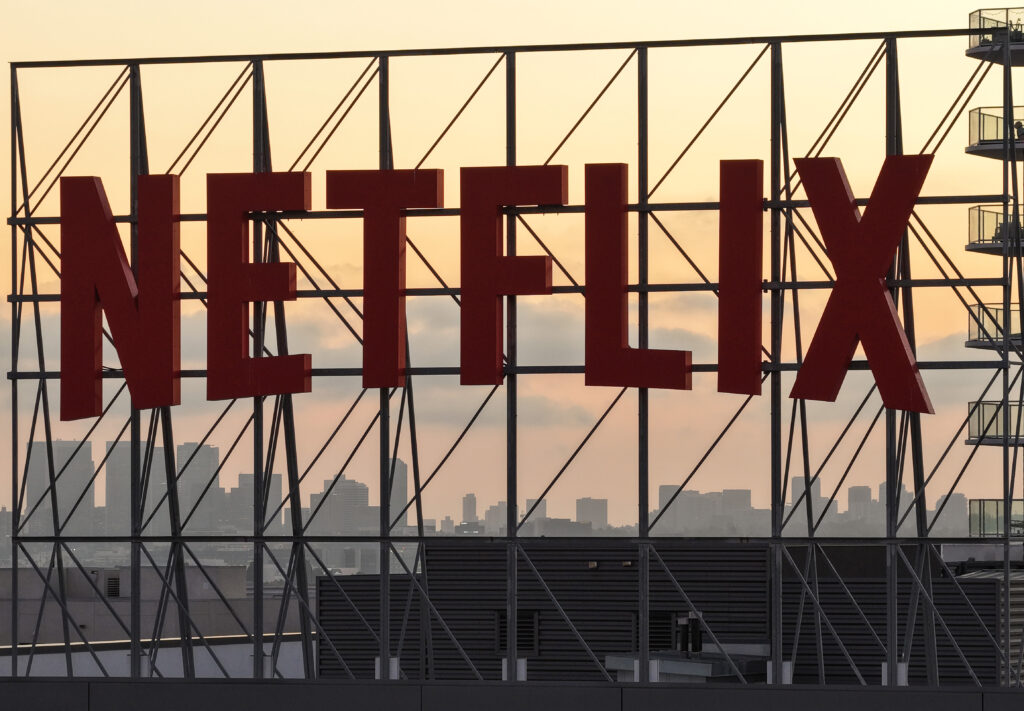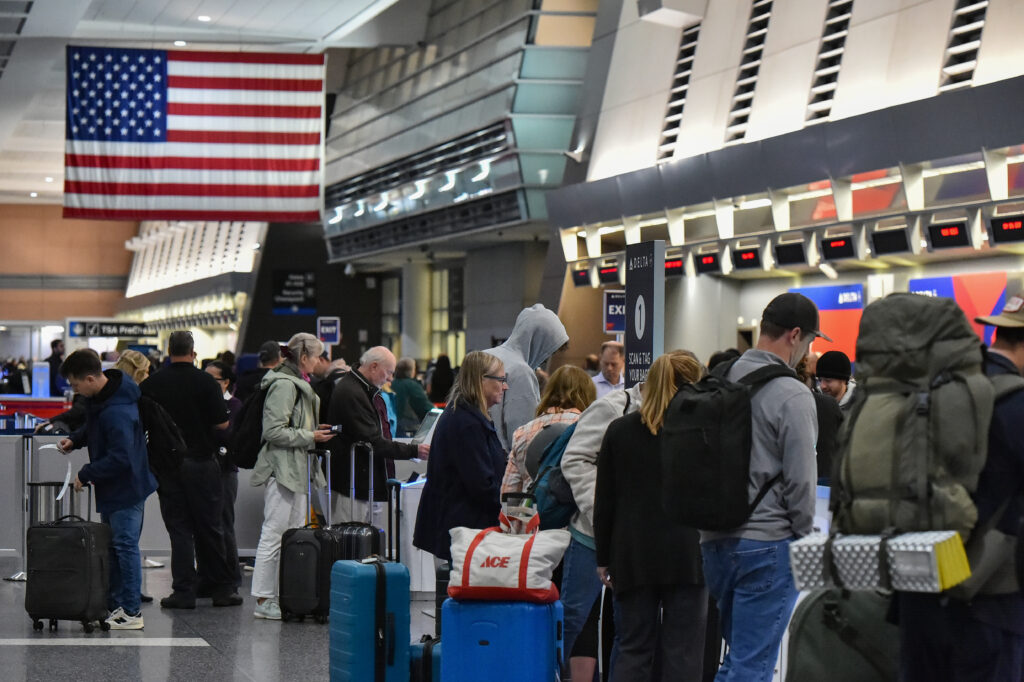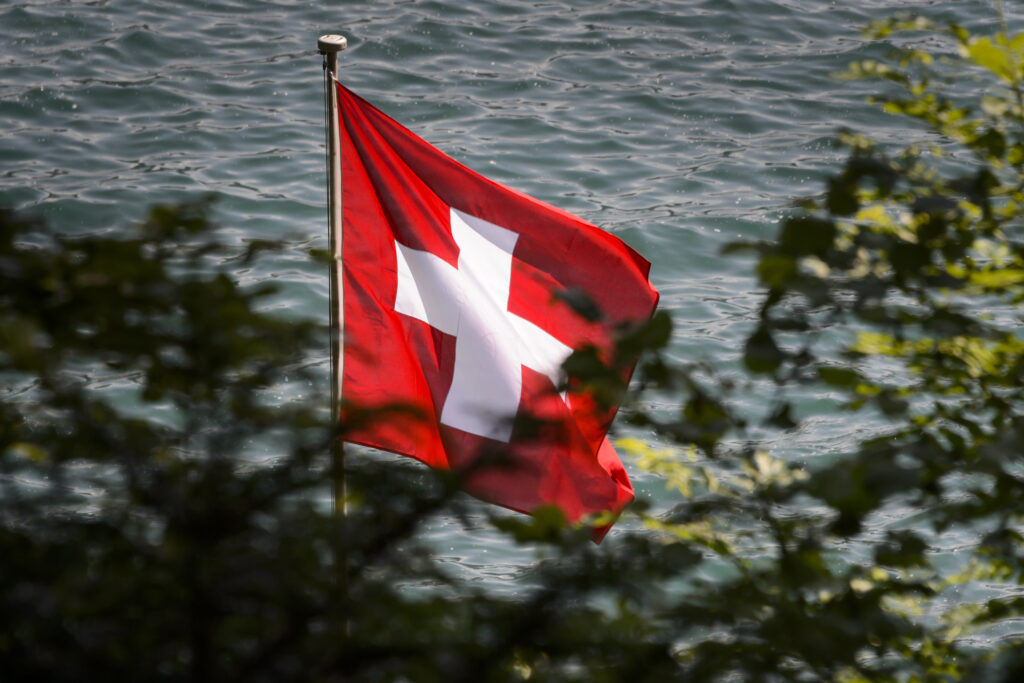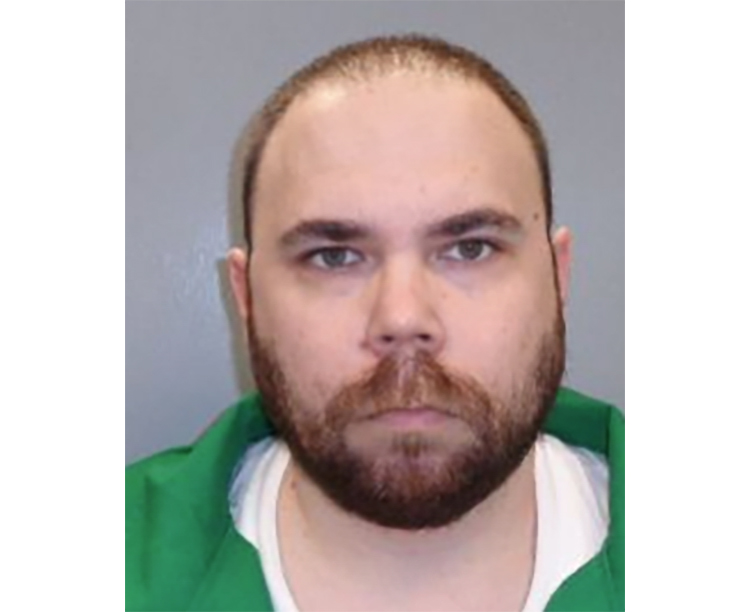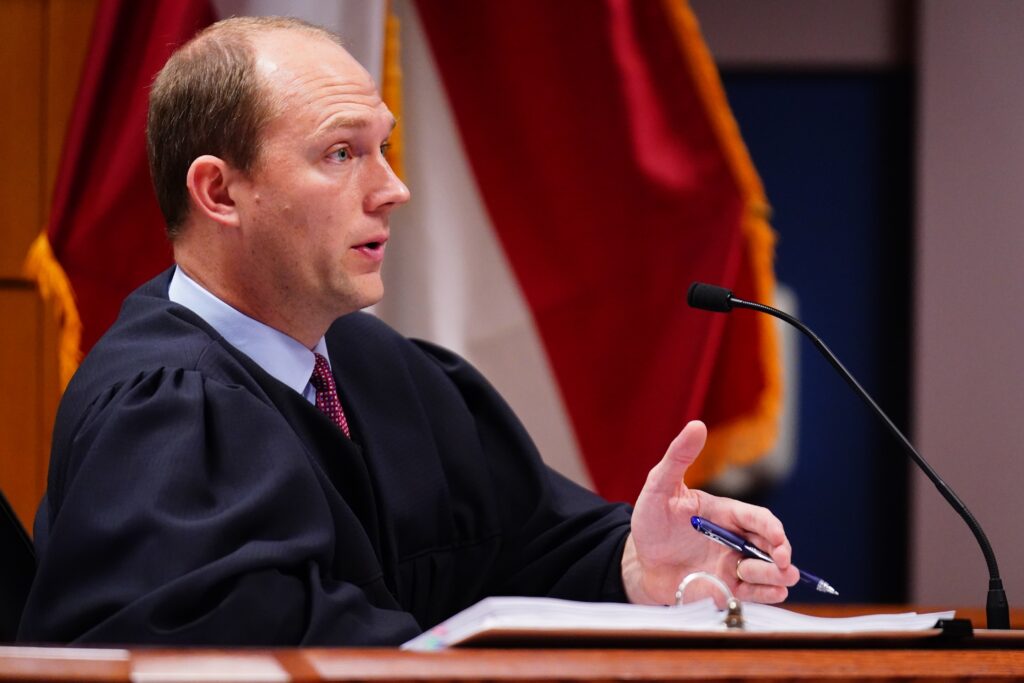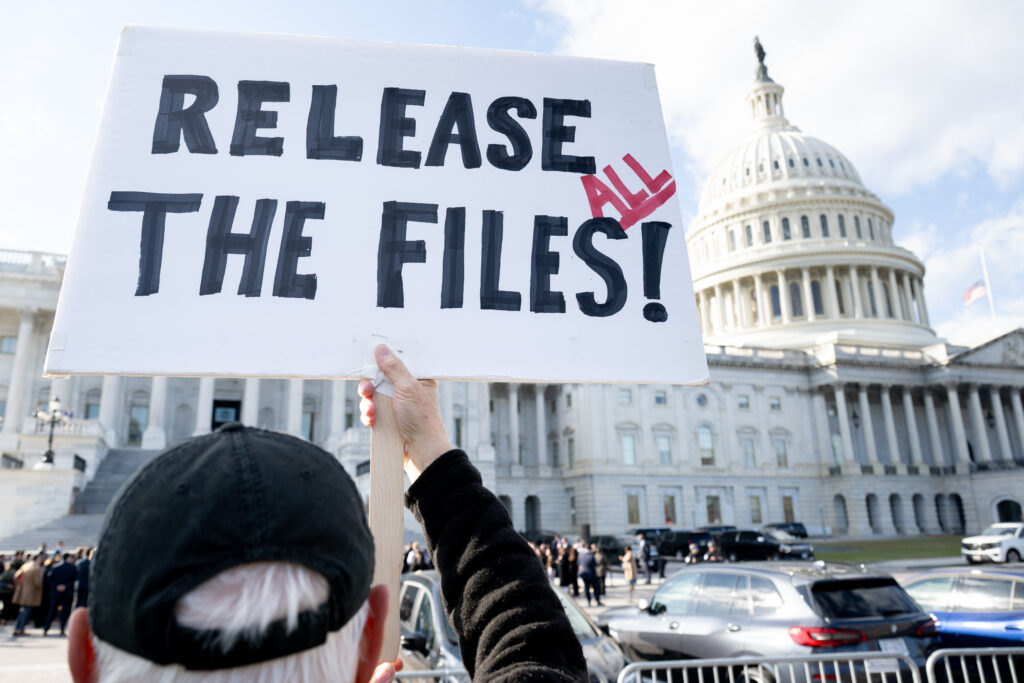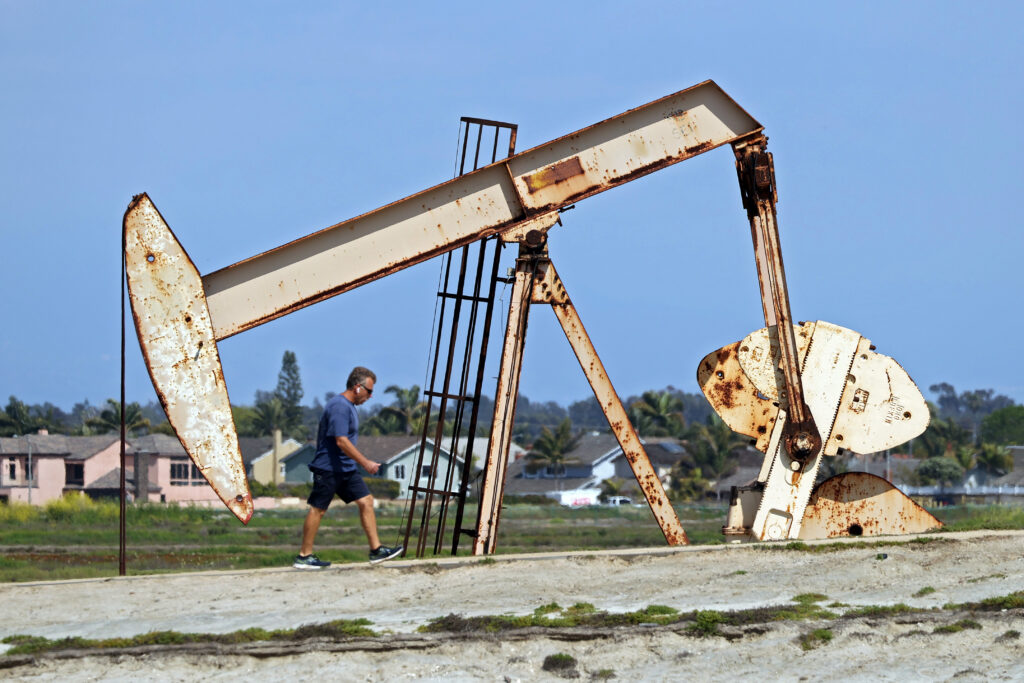‘Last Chance U’ coach dies after shooting: US police
An American football coach featured in the hit Netflix documentary series “Last Chance U” has died after being shot in the head on campus, police said Friday.John Beam, a coach and father figure who guided generations of athletes at Laney College in Oakland, California, was targeted on Thursday by a gunman who apparently knew him.Beam, 66, was rushed to a hospital where he died of his injuries on Friday morning, Oakland Police said.The shooting had sparked police appeals for help, as former players and public officials heaped praise on the coach.Oakland Mayor Barbara Lee called him “a giant in Oakland — a mentor, an educator, and a lifeline for thousands of young people.””For over 40 years, he has shaped leaders on and off the field.”Oakland Police arrested Cedric Irving Jr after a huge manhunt over what they said was a targeted attack.Irving, whom the San Francisco Chronicle said had confessed to the crime, was taken into custody at a train station near Oakland before dawn Friday.”Last Chance U” ran for five seasons on Netflix, chronicling the lives and struggles of young men playing on the football teams at US community colleges.The first two seasons were set in Mississippi, the next two in Kansas, with the final season — which debuted in 2020 — set in Oakland, a city in the San Francisco Bay Area.The show looks at the role that such programs play in offering discipline and opportunity to young men who often lack both.Some of those who participate in these teams are hoping to move from their community college — publicly funded institutions that offer associate degrees — to larger universities with more developed football programs that feed into the professional NFL.Collegiate-level sport in the United States has a huge following, and can make stars of very young athletes well before they turn professional.Some colleges have football stadiums that hold more than 100,000 fans, which are fully packed for every game.Many football fans avidly follow these theoretically amateur teams, despite the ever-changing cast of players.
